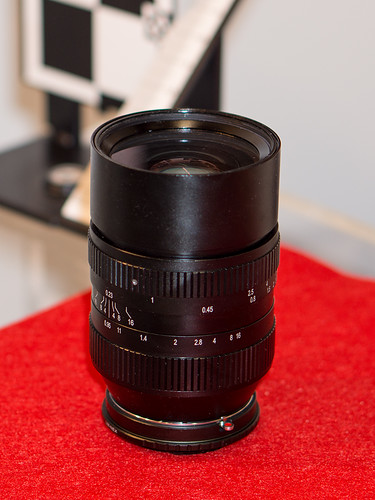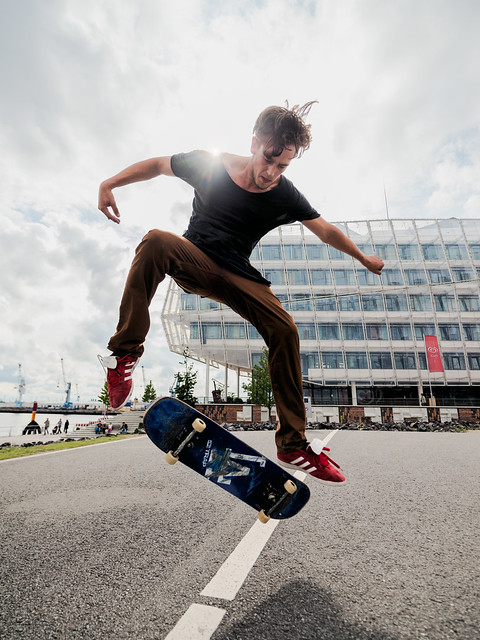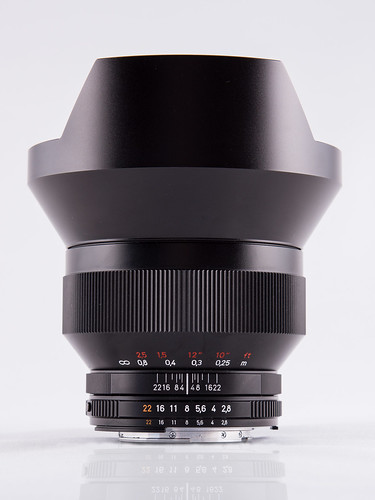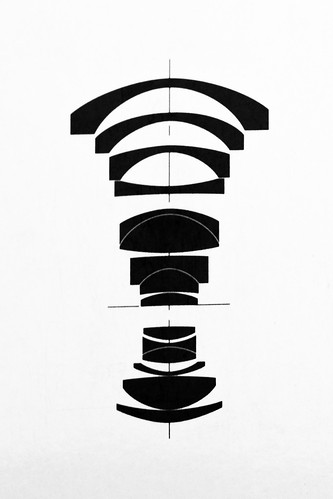UPDATE: Meanwhile I received an "almost" production version (optically final, mechanically nearly final) with a significantly better lens coating. Please find the latest review here.
You love to shoot at available light with a wide open aperture, razor sharp details and smooth & creamy bokeh? You like shooting "half" portraits at the classical viewing angle of a 50mm full frame equivalent but you prefer using a mirrorless camera with an APS-C or Micro FourThirds sized sensor? If you say 'yes' and 'yes', then SLR Magic may have a lens making you even more addicted and enthusiastic with their upcoming HyperPrime CINE 35mm T0.95. It is pushing the 35mm limit to a new level.
Before we go into detail, let me state that I am not
affiliated with SLR Magic. I am just a fan of fast & bright prime lenses and you
will see and read my pure personal impressions here. After
the launch of their spectacular HyperPrime CINE 50mm T0.95 (see my review here),
this small company located in Hong Kong decided to create another lens
with a similar design and now they presented their first two prototypes on the
"Photokina 2012" exhibition in Cologne, Germany. Andrew Chan, the product manager was so kind to give
me the chance to test-drive it a little bit on a Sony NEX-7 beside
their other new creations, the CINE 35mm T1.4 and the HyperPrime CINE
23mm T1.7. As SLR Magic is adressing filmmakers as well, these
lenses continue the tradition of a stepless aperture ring calibrated in
T-stops. Andrew explained, that beside the 35mm T0.95 using a complex 12
element design with extraordinary quality lens elements (some of them are
produced by Schott, Germany), they decided to build also a bugdet 35mm
T1.4 lens to be availably for a very reasonable price. You can see a short
review of the 35mm T1.4 and the 23mm T1.7 here as well.
So what means T0.95? The aperture is calibrated in T-stops as film makers must make sure that the light transmission keeps continous when changing lenses at the same T-stop whereas F-stops only describe the calculated ratio of focal length and how wide the lens can open. Due to vignetting and other properties of the lens design, a T-stop of 0.95 typically requires a F-stop of about 0.9 at open aperture which makes it the fastest 35mm lens currently available for APS-C sized sensors. This is possible due to an extremely large rear lens element with a diameter of about 36mm. Due to that large rear element, the lens - although manucatured with an M-mount, will not fit on a Leica M or a Ricoh GXR with M module. But using an M-mount to E-mount/X-mount/m43-mount adapter, it can be used on most APS-C and microFourThirs mirrorless cameras like Sony NEX, Fuji X, Olympus PEN, OM-D and Panasonic Lumix G. It may not fit into every M-adapter but the Novoflex M-to-NEX adapter as well as SLR Magic's M-to-NEX adapter (including a macro function) had no problem to accept that sample. The following picture shows the prototype and it's affinity to the HyperPrime CINE 50mm T0.95:
















